Cameron Smith and Harrison Creed of The Omni Collective witness the intensity of Big Sky fly fishing culture and learn about the conservation efforts that make these adventures possible
October in the West brings its own kind of quiet to the rivers. Cottonwood galleries catch the light at all angles, while aspen leaves flicker like minnows in the shallows. Most tourists have returned to their states far away, and the locals are trying to find that one bull still bugling or chasing pronghorn on the prairie.
Cameron Smith and Harrison Creed likely couldn’t have picked a better window for their ten-day, five-state fly fishing sojourn across the mountain west. The two former football stars connected over their common passion for the outdoors and photography and took a leap of faith to spend over a week on the road together having shared little more than a meal before.
Their circuitous route took them through the promised land of fly fishing: Montana. Here they fished the Madison and Gallatin Rivers after driving through the southwest corner of the state.
“I felt the gravity of Montana when I entered,” said Creed. “I’m from Kansas and so whenever I come West, I’m in awe. As soon as you cross into the state I feel like ‘it’s on.’
Fly fishing in Montana is like hunting ducks in the timber in Arkansas. It’s special and everyone talks about it, but not everyone gets to do it.”
Smith also sensed the power of the treasure state when it came to fly angling.
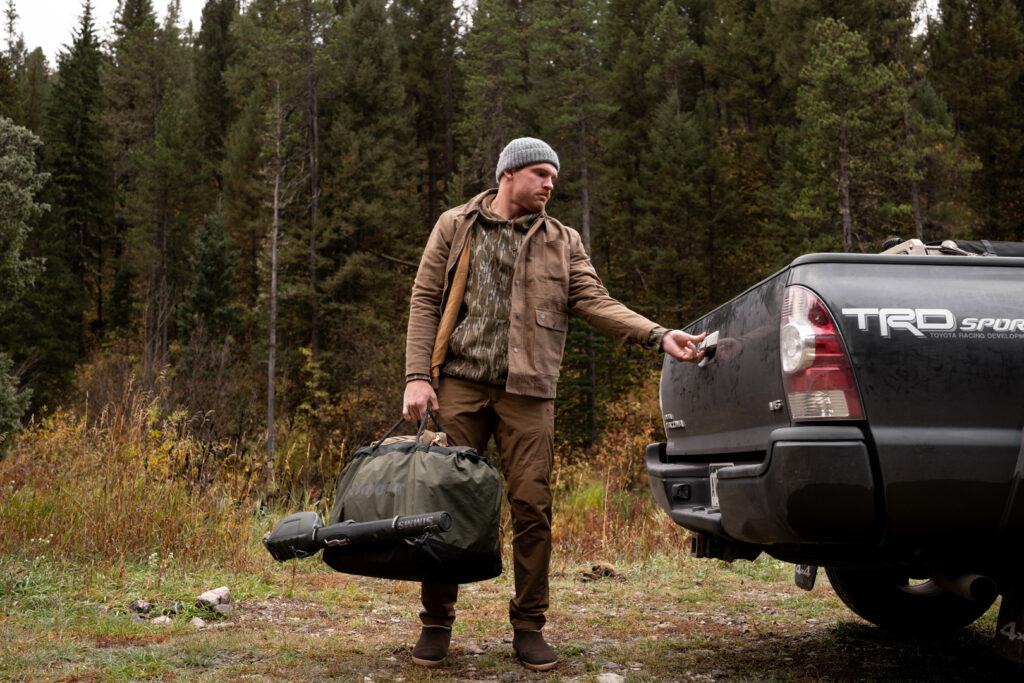
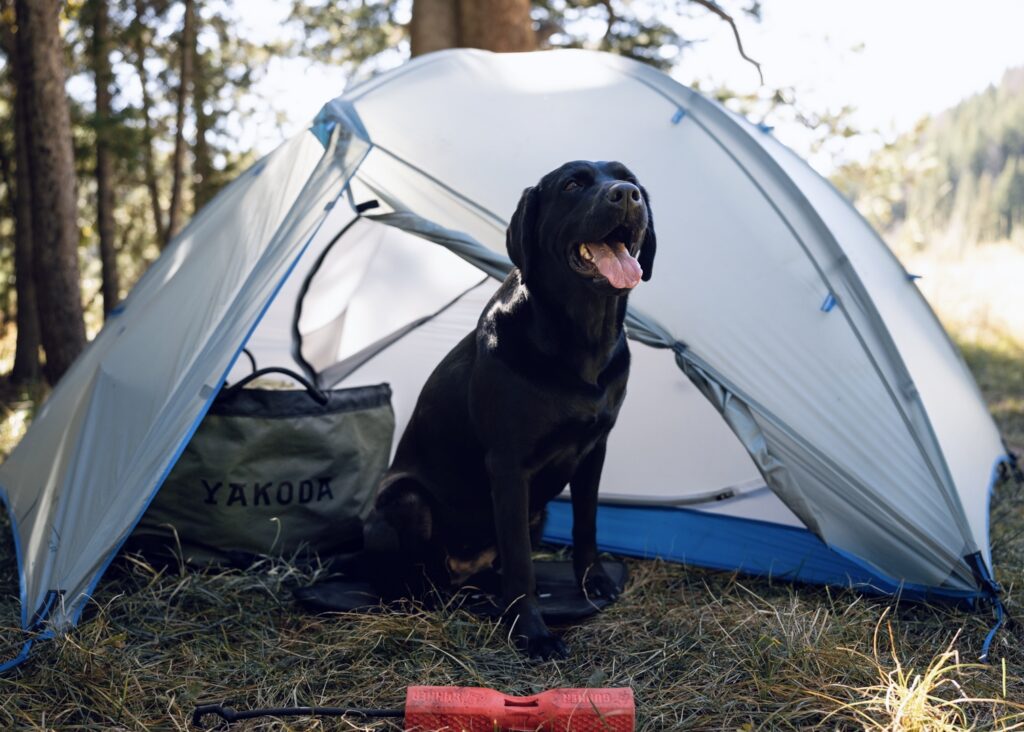
“Growing up and not fly fishing that much, I feel more comfortable with a camera in my hand than a rod,” Smith confessed. “So, when I walked into a fly shop in Montana it felt like walking into church after not going for a couple years, but not in a bad way. You can just feel the passion and knowledge about fly fishing across the entire state.”
The duo was able to find an October caddis hatch along the Madison after a slog along the hundred-mile riffle. Eventually they were rewarded with a pod of rising rainbows stacked up behind a deadfall on the riverbank.
“They were gulping those bugs as if they were carp,” said Creed. “They weren’t sipping like you’d expect. Their whole mouths were coming out of the water.”
Taking time to position himself, Creed was able to drop his fly along the seam where the current pushed the bug into the slack water, pausing perfectly to rise the wild rainbow.
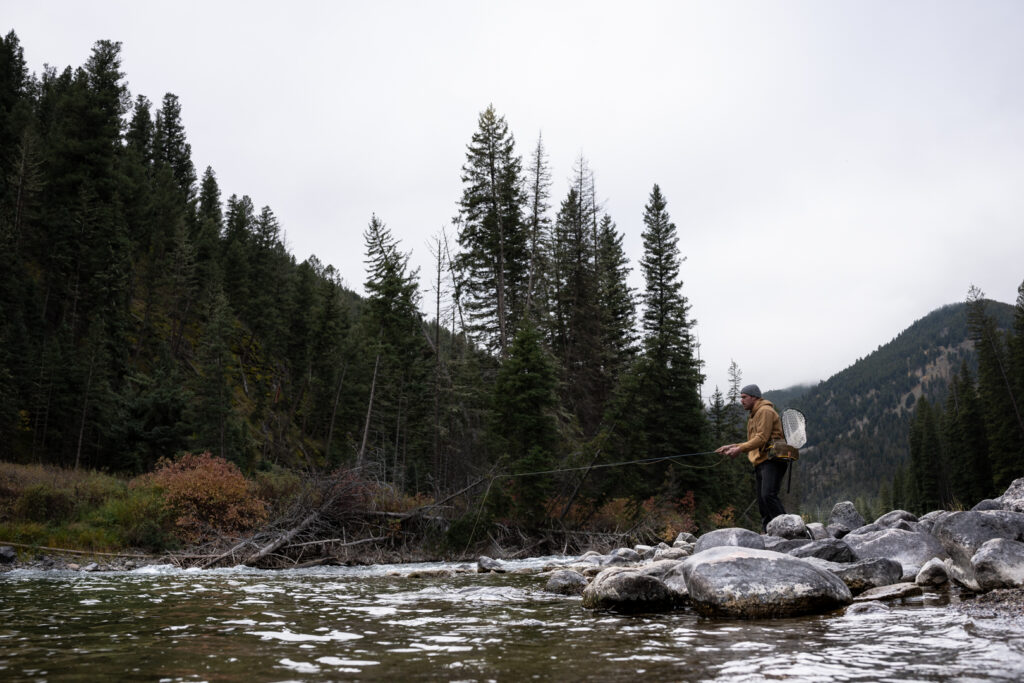
“That rainbow was special because it was my first fish in Montana. And on a dry. You can’t get any better than that.”
Smith tied into two others, but unfortunately the river took the trout back before he was able to bring them to hand. Yet he, along with Creed, began this trip with a mindful approach to the fishing. There was no expectation to measure their time on the road together by the lowest metric of success, catching a fish.
“I still felt frustration of those fish shaking off,” Smith chuckled. “But I was able to return to the heart of the trip, which was time spent with a new friend and the adventure.”
“What we really wanted to get out of this trip is to inspire people,” said Harrison. “There are a lot of people who get stuck in the rut of the patterns of life. But through this experience we hope to show people that you can go on a ten-day, five-state fly fishing trip with a buddy. Just go for it. There is a lot of life that people don’t tap into.”
These fishing opportunities, and the open space and wild that raise the quality of the adventure, are only possible because of the conservation efforts of diverse interest groups working together to make Montana the unique place anglers the world over know and love.
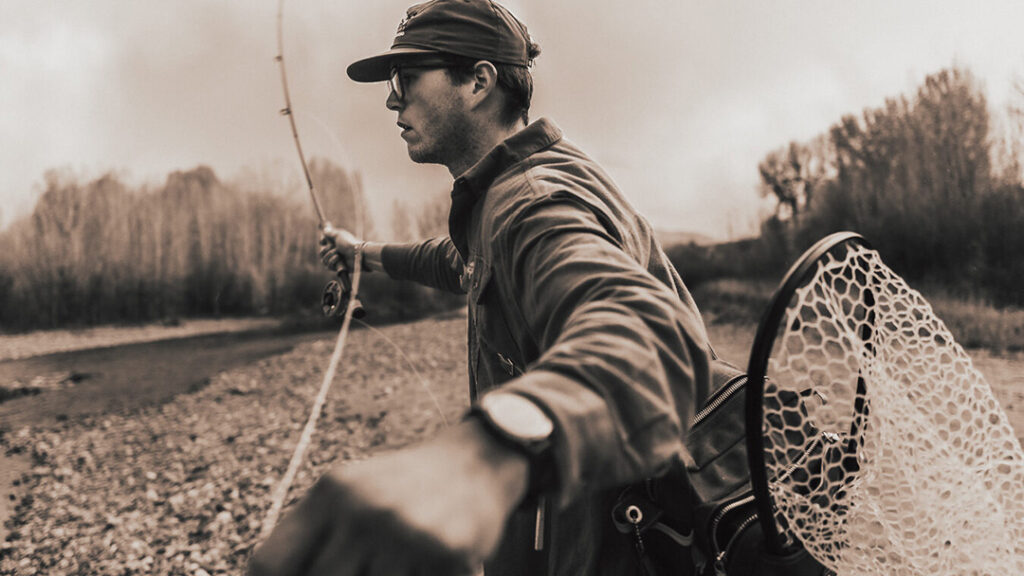
Creed and Smith’s trip passed through the southwest corner of the state, and as all folks who have undertaken a journey of this scope know, the best plans usually crumble. Weather and conflicts made their trek for Arctic grayling fizzle out.
Montana’s southwest corner holds the headwaters of the Missouri River where world-class brown and rainbow trout share pools with the only remaining native population of river-dwelling Arctic grayling in the contiguous United States. The largest rivers, along with some of the most productive spawning grounds in the region, flow mostly through private land. The fertile valleys are home to multi-generational ranching and farming families that support a rich tradition and thousands of livelihoods. These open spaces on working, private lands also provide valuable wildlife habitat that enhance the fishing opportunities Creed and Smith experienced.
“The rivers are taken care of in Montana, and having people who genuinely care about the rivers, fishing, and anglers is really special,” said Smith. “You don’t see that everywhere, and there are more places to fish because of that care.”
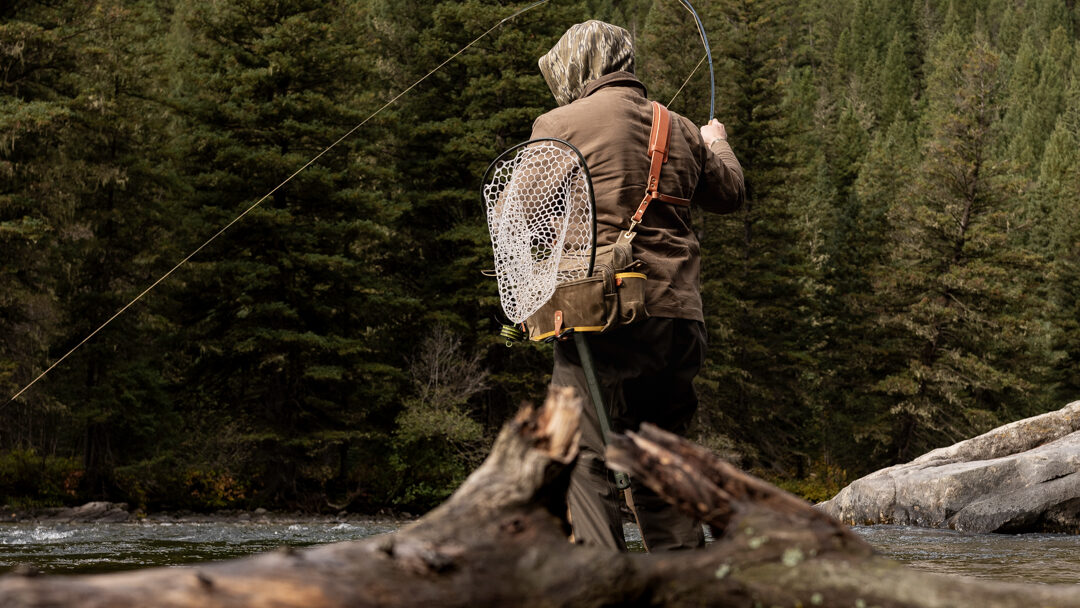
Currently, the United States Fish and Wildlife Service is proposing the Missouri Headwaters Conservation Area that would provide the region’s farmers and ranchers financial support from the Land and Water Conservation Fund to keep their working lands in business by enrolling in voluntary conservation agreements. This kind of investment paints a bright future for keeping working lands in business, while at the same time benefiting anglers and hunters on public land. Comments can be submitted at MOHWCA@fws.gov or through TRCP’s action alert. The comment period extends through November 27, 2023.
Learn more about the ongoing efforts to guarantee you quality places to fish across America by visiting trcp.org, and read about Cam and Harrison’s story here on Flylords.
Follow Cam and Harrison through the @_theomnicollective, and follow Cam @_killacam and Harrison @harrison.creed to keep tabs on their individual adventures.
Photo credit: The Omni Collective

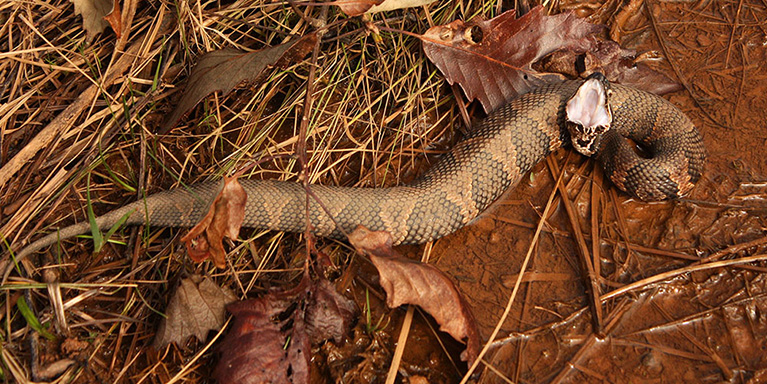
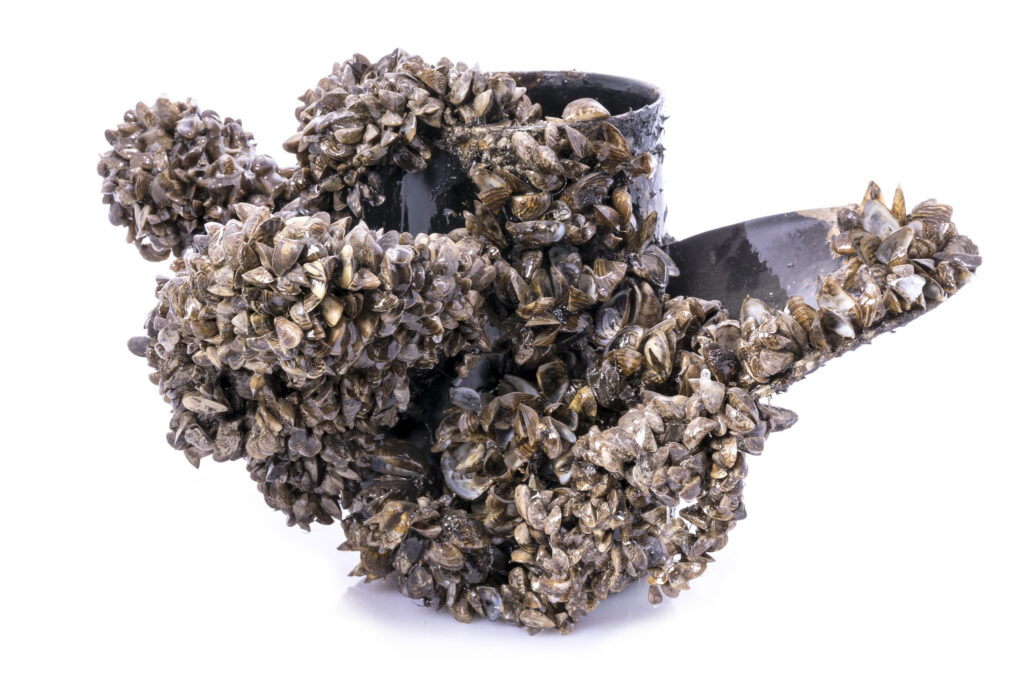
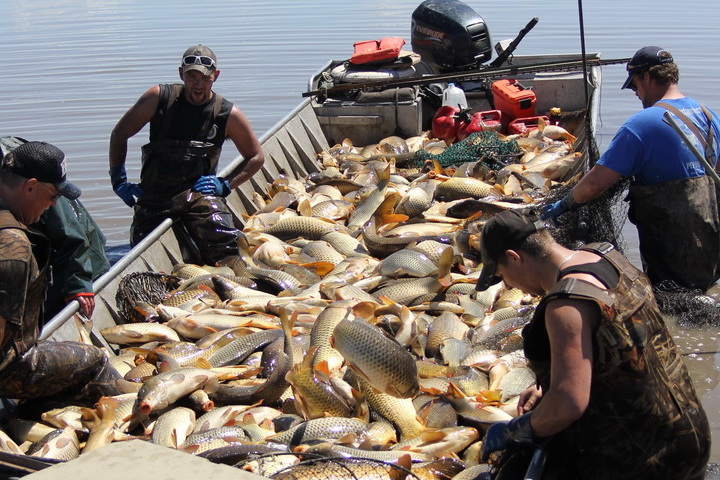
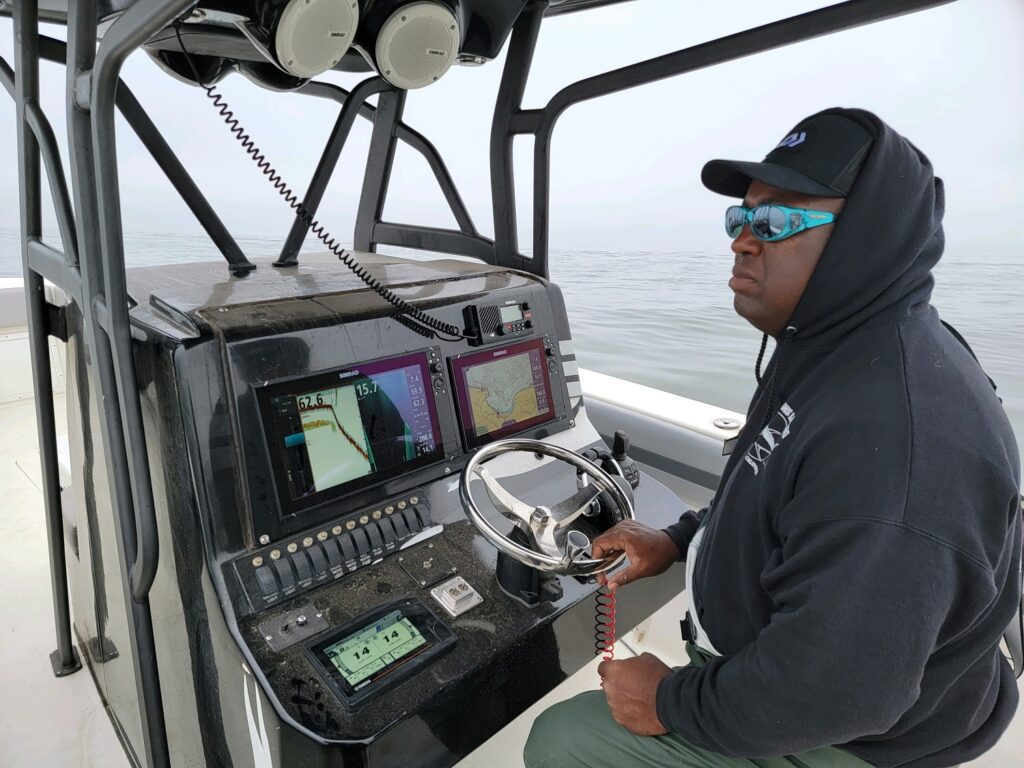
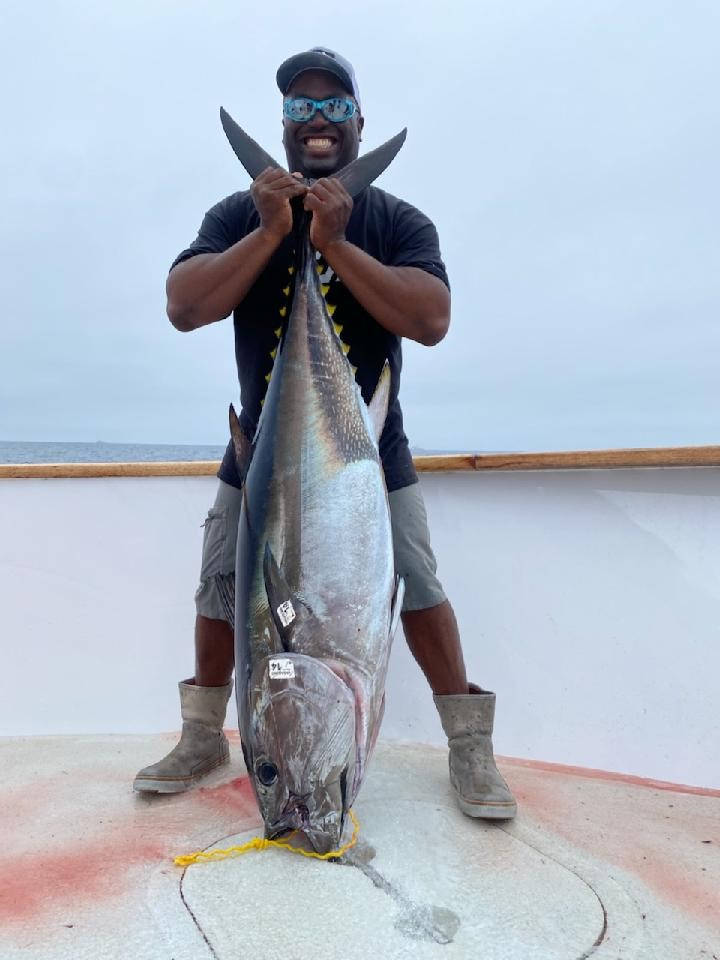




I wish every state were as mindful of their natural beauty as Montana. The residents and tourists alike seem to take pride in protecting and maintaining the wildlife, the flora and the landscape.